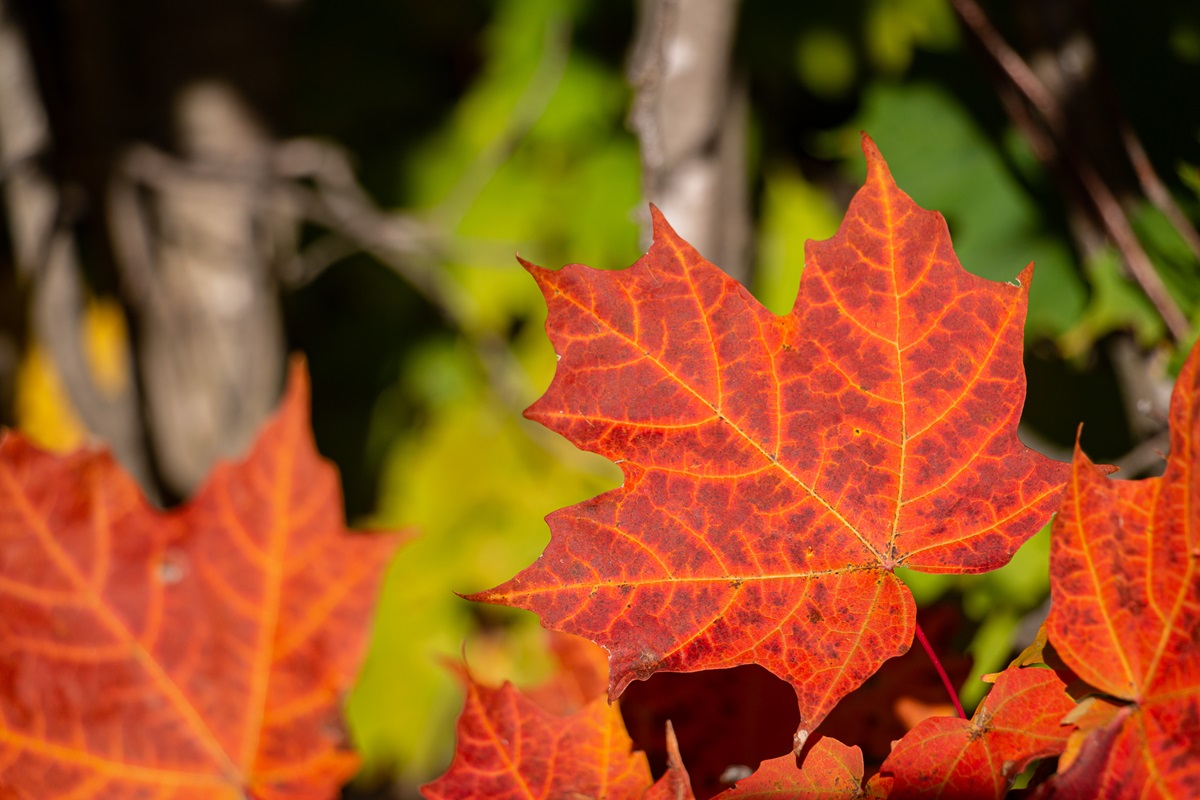01 mars 2012
Maple sap predominant microbial contaminants are correlated with the physicochemical and sensorial properties of maple syrup

Auteurs : Marie Filteau, Luc Lagacé, Gisèle LaPointe et Denis Roy
Cet article est disponible seulement en anglais (International Journal of Food Microbiology, Volume 154, Issues 1–2, 1 March 2012, Pages 30–36) . Le numéro de référence (Digital Object Identifier (DOI)) est le : 10.1016/j.ijfoodmicro.2011.12.007.
Maple sap processing and microbial contamination are significant aspects that affect maple syrup quality. In this study, two sample sets from 2005 and 2008 were used to assess the maple syrup quality variation and its relationship to microbial populations, with respect to processing, production site and harvesting period. The abundance of maple sap predominant bacteria (Pseudomonas fluorescens group and two subgroups, Rahnella spp., Janthinobacterium spp., Leuconostoc mesenteroides) and yeast (Mrakia spp., Mrakiella spp.,Guehomyces pullulans) was assessed by quantitative PCR. Maple syrup properties were analyzed by physicochemical and sensorial methods. Results indicate that P. fluorescens, Mrakia spp., Mrakiella spp. G. pullulans and Rahnella spp. are stable contaminants of maple sap, as they were found for every production site throughout the flow period. Multiple factor analysis reports a link between the relative abundance of P. fluorescens group and Mrakia spp. in maple sap with maple and vanilla odor as well as flavor of maple syrup. This evidence supports the contribution of these microorganisms or a consortium of predominant microbial contaminants to the characteristic properties of maple syrup.